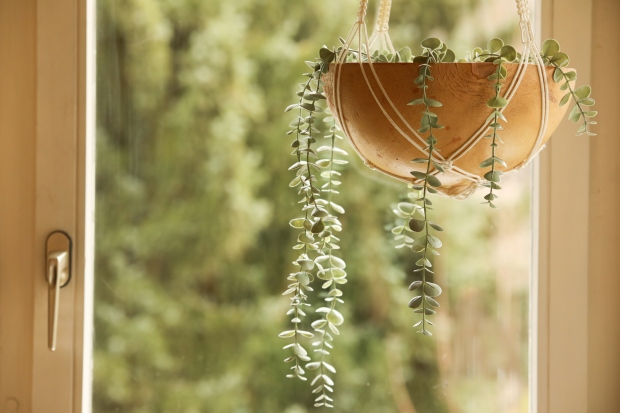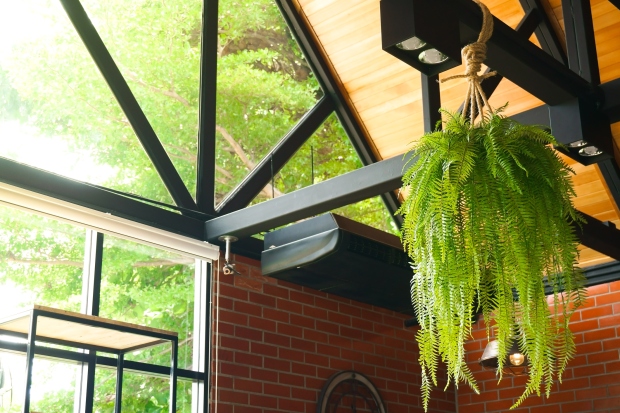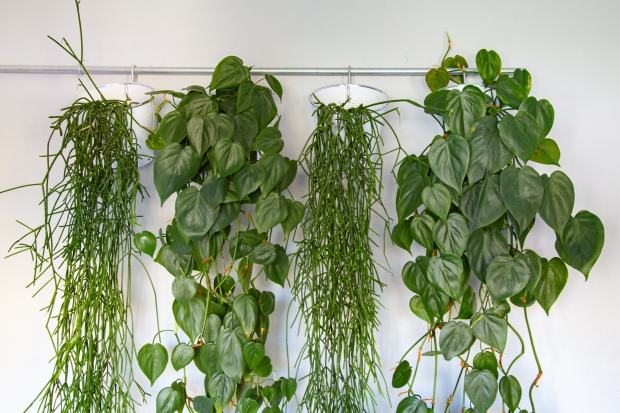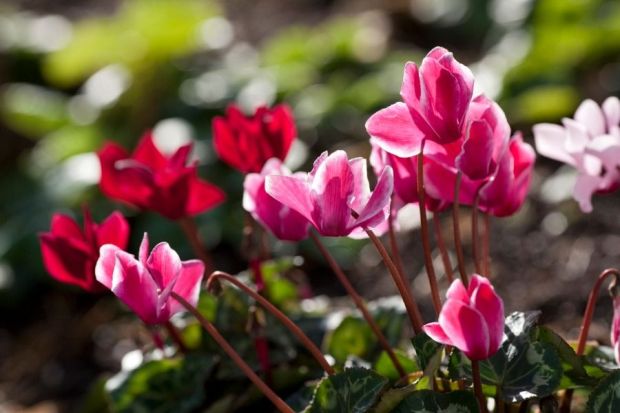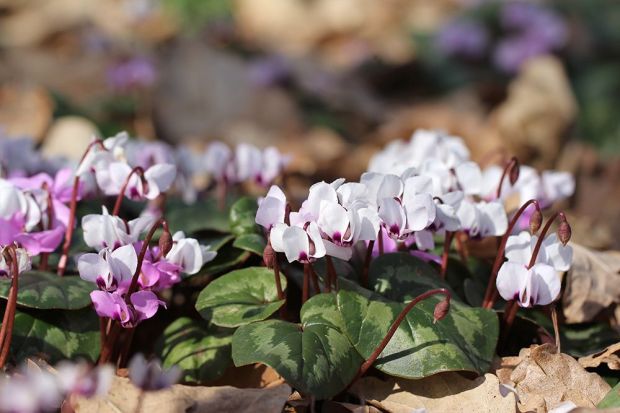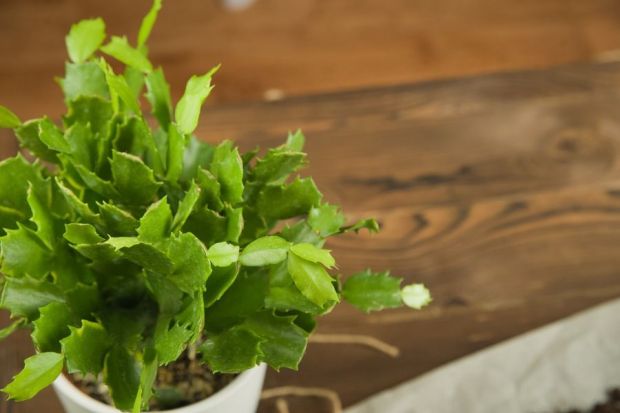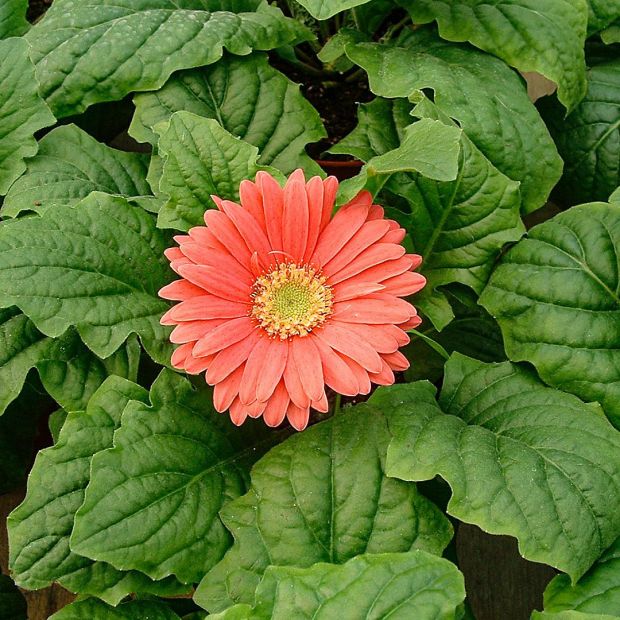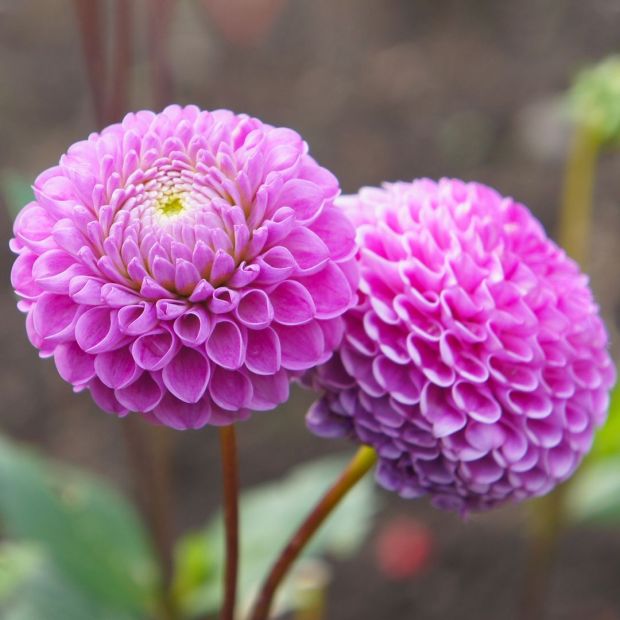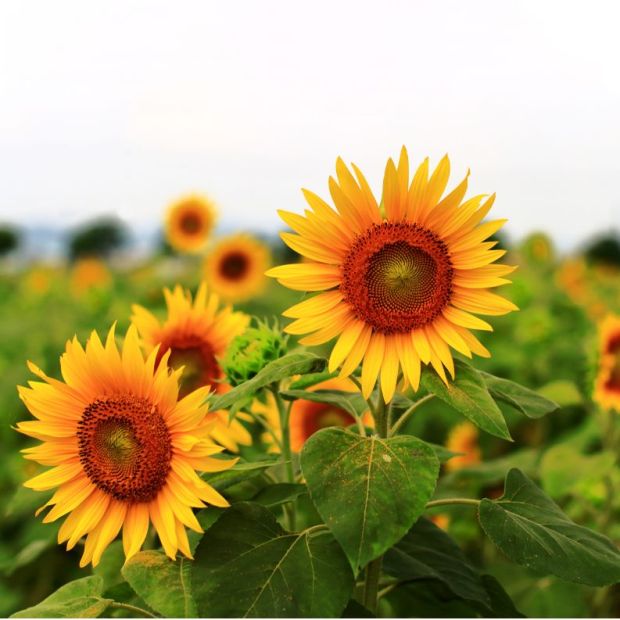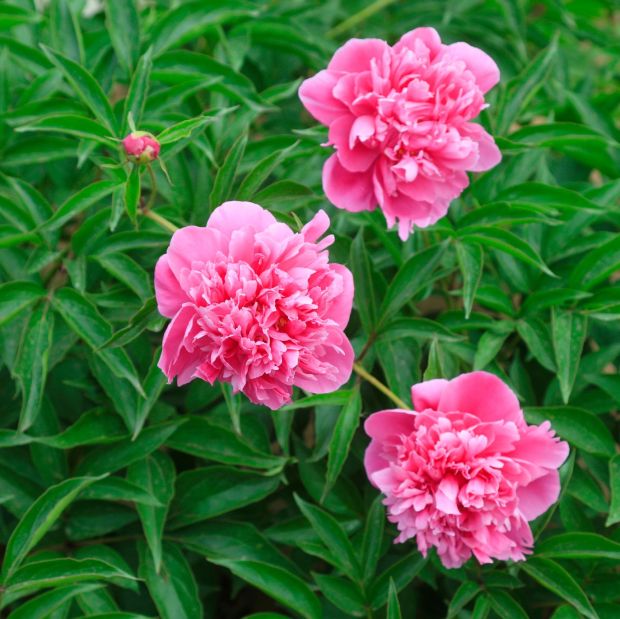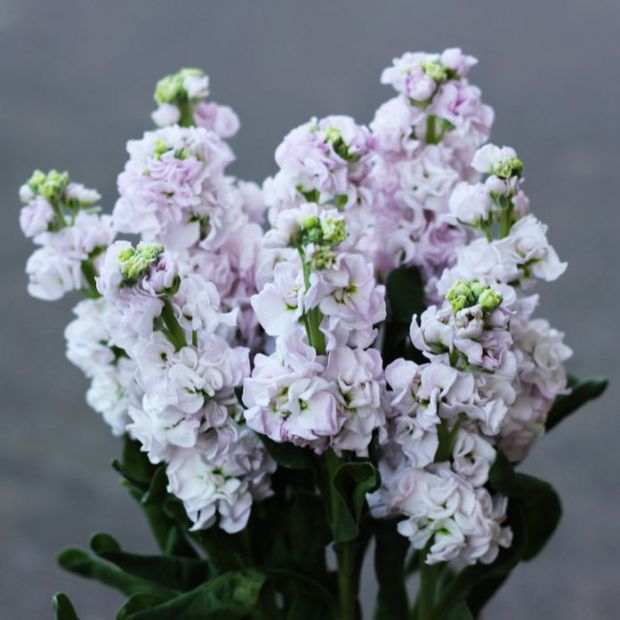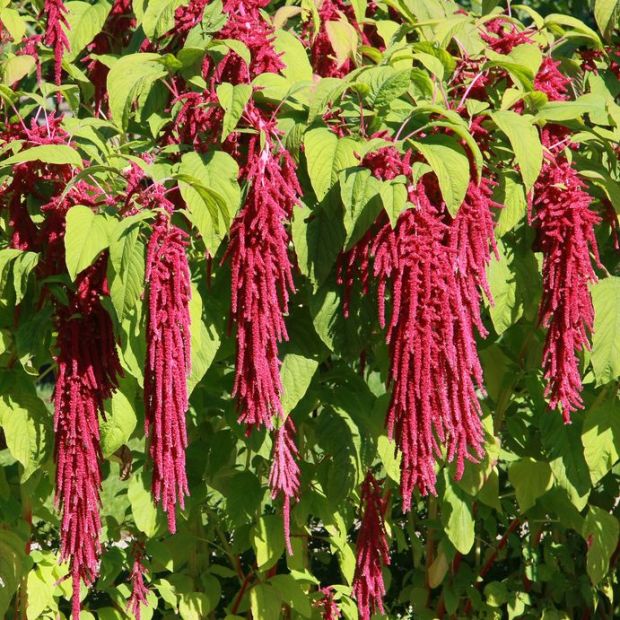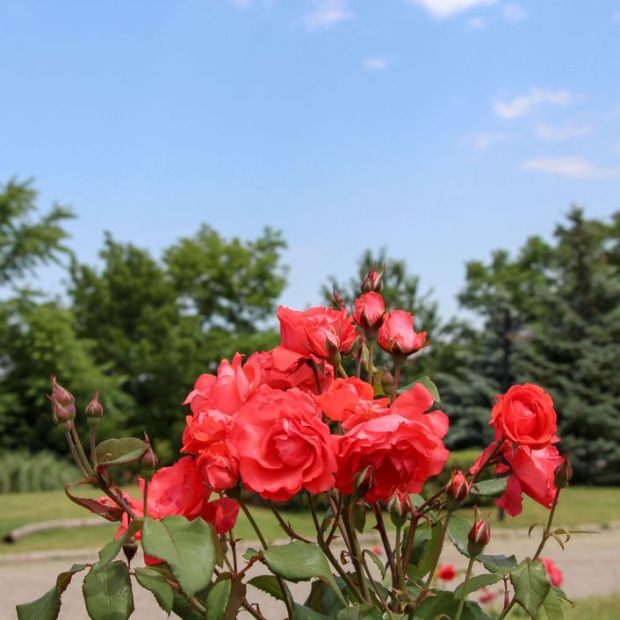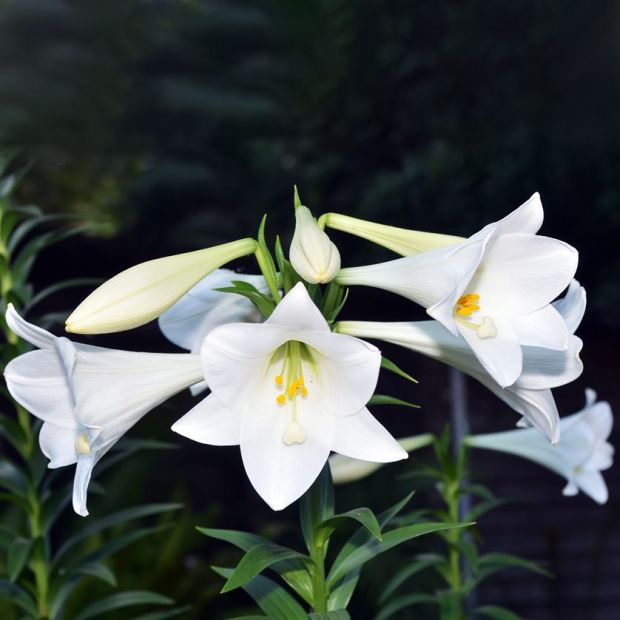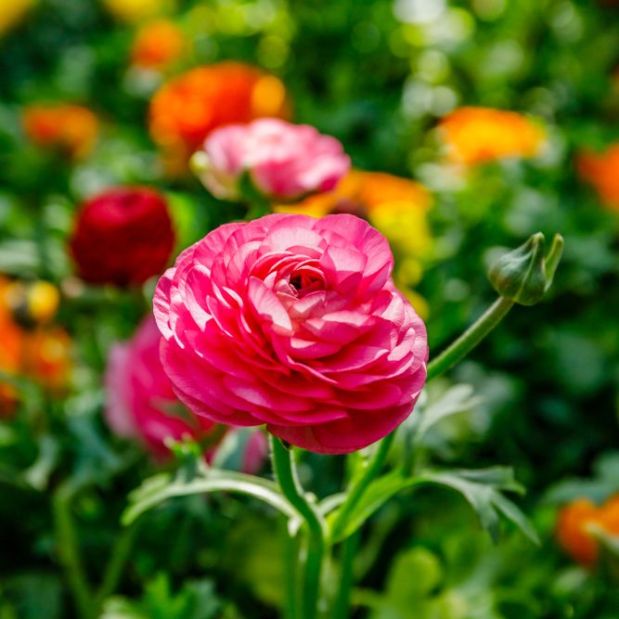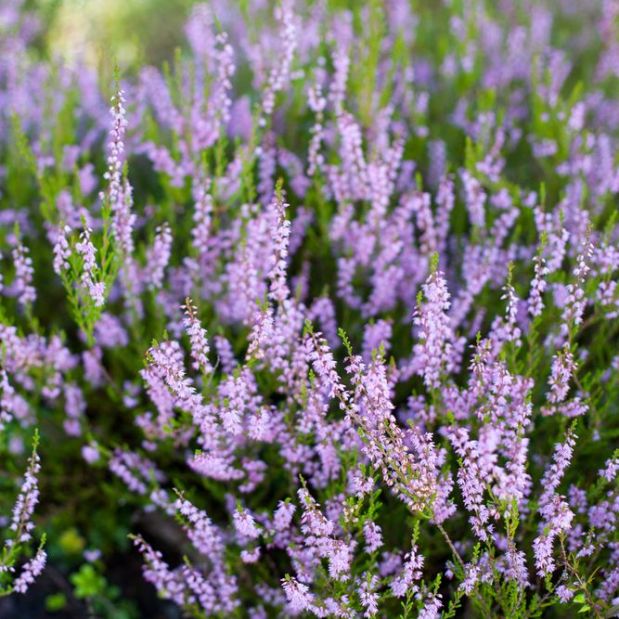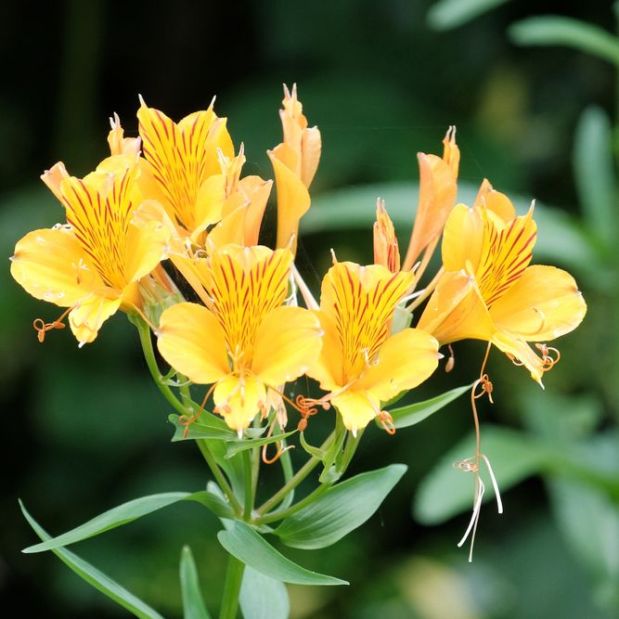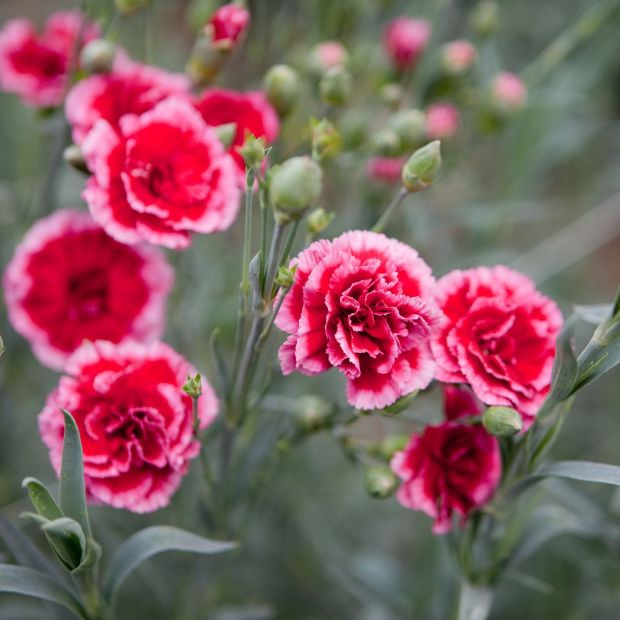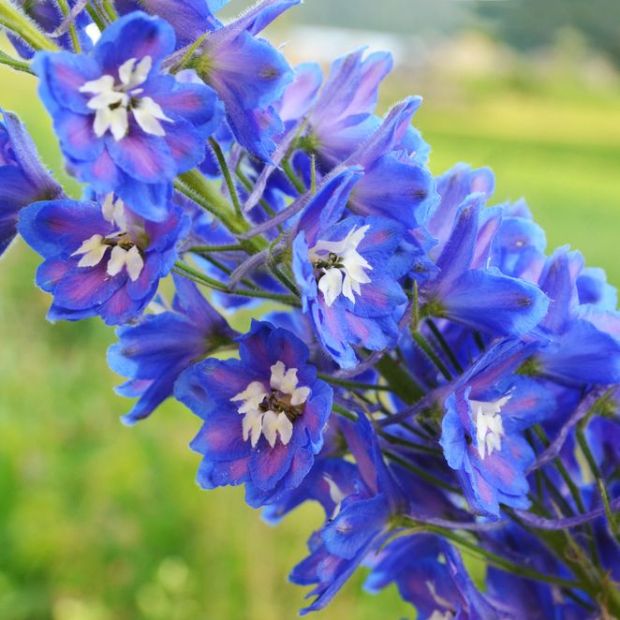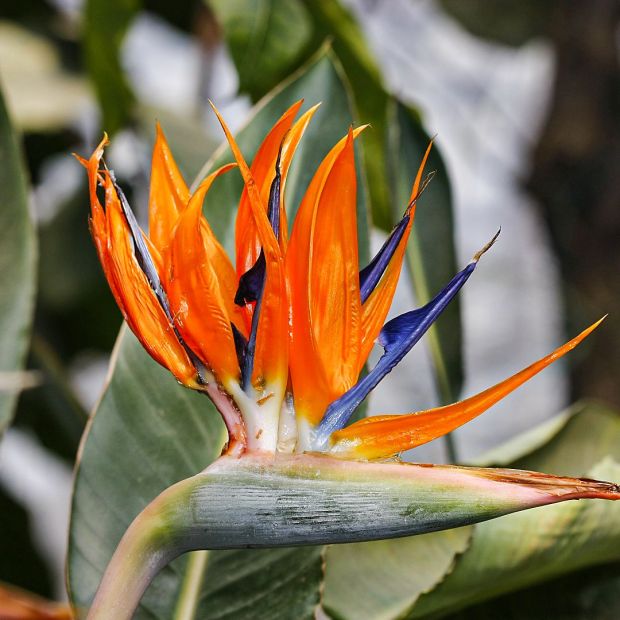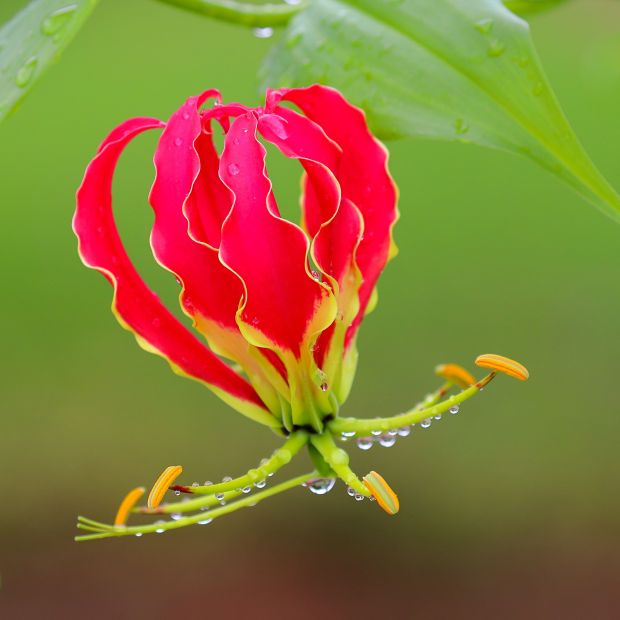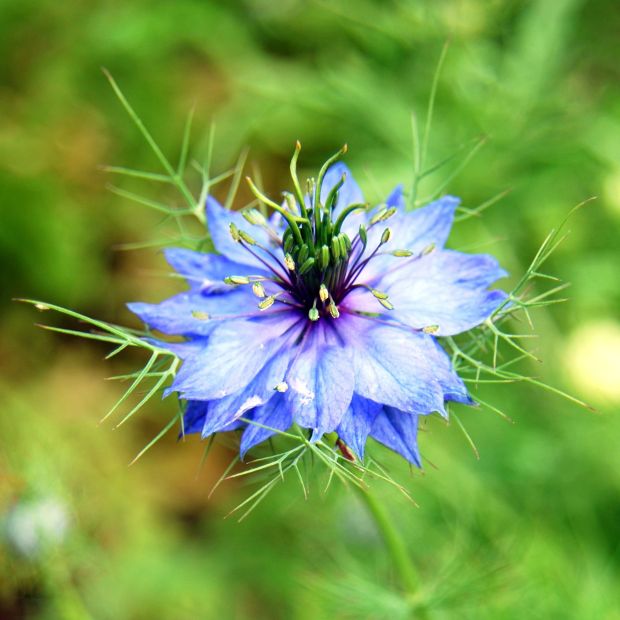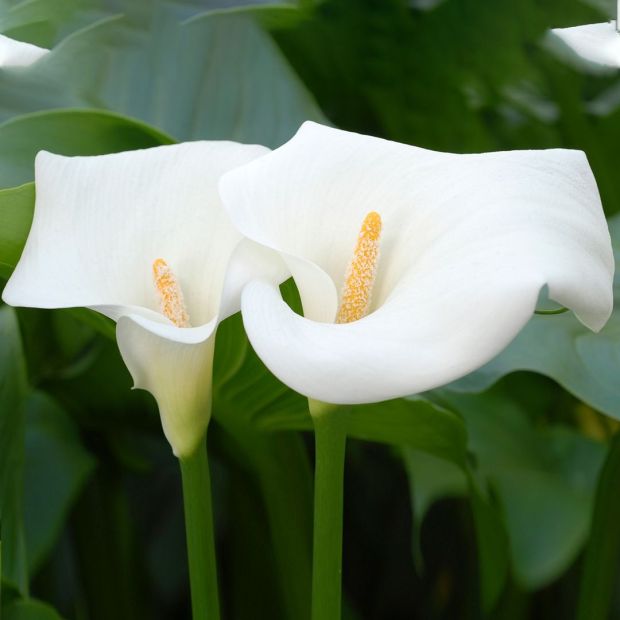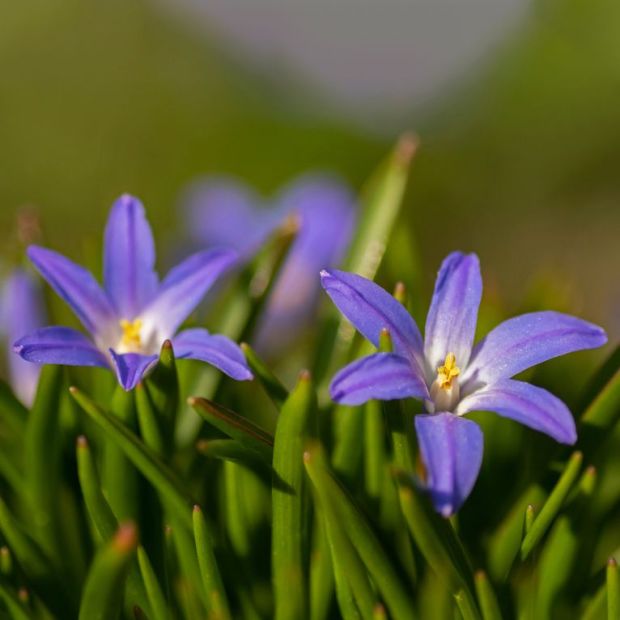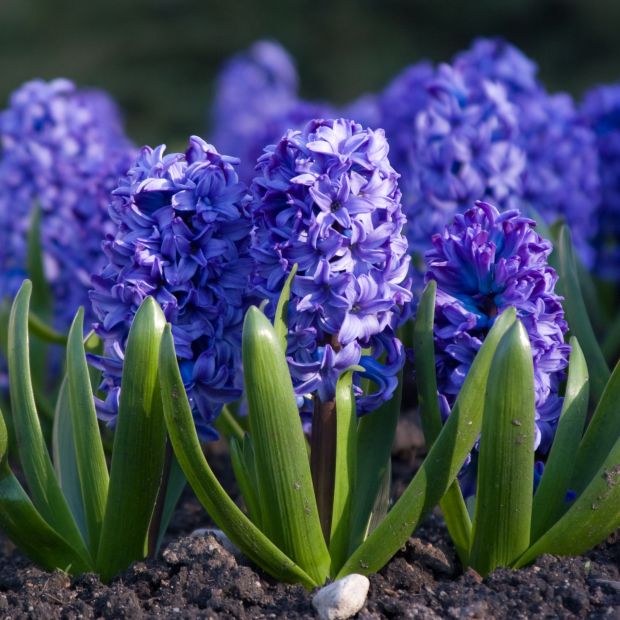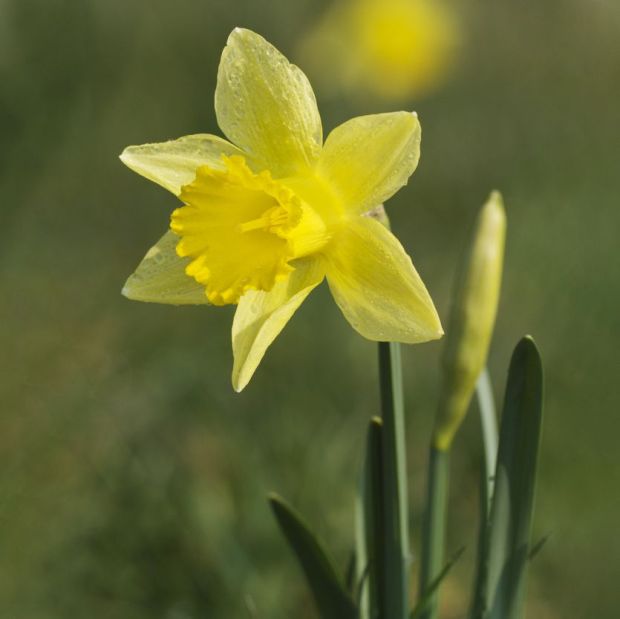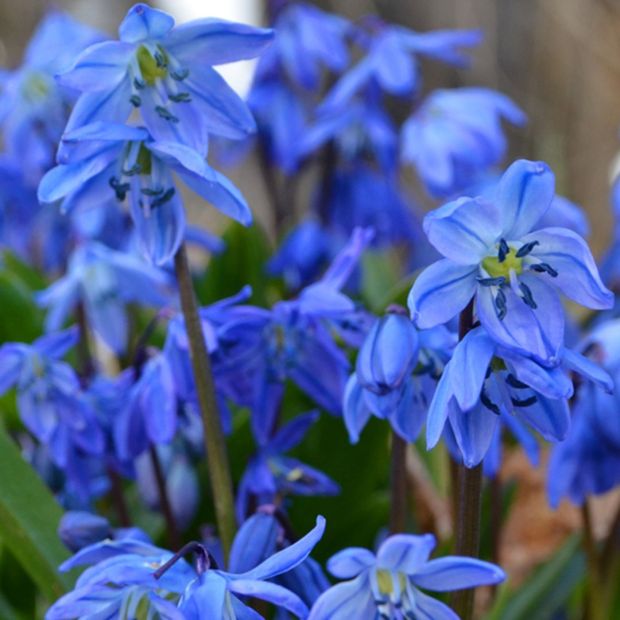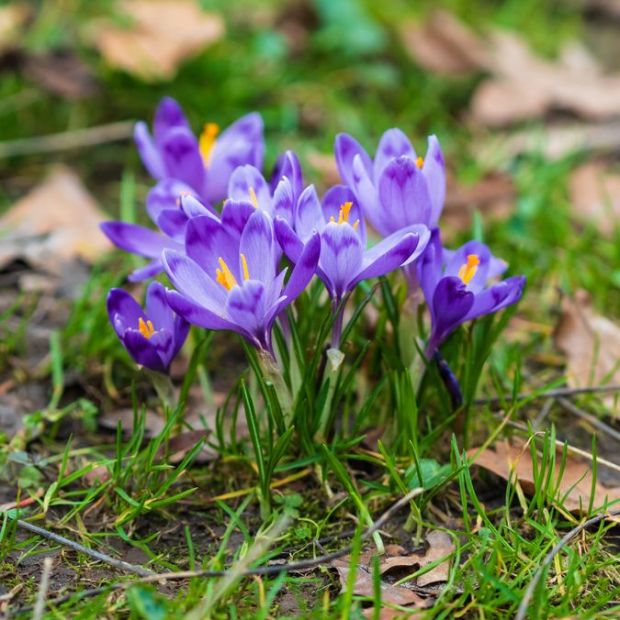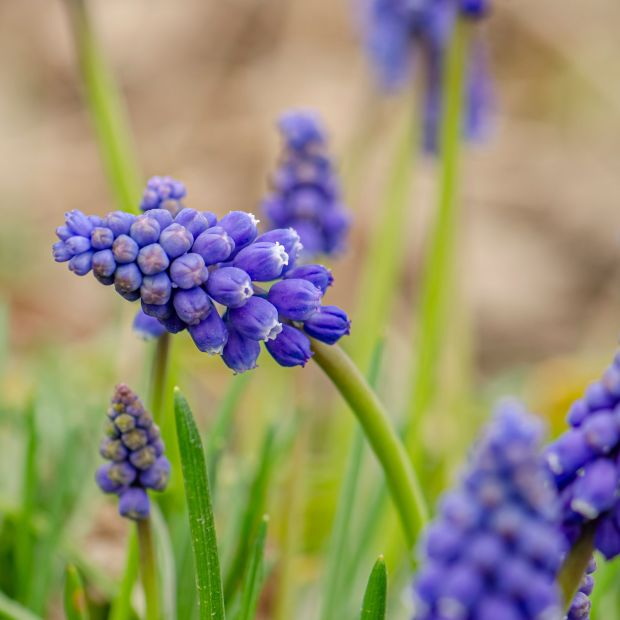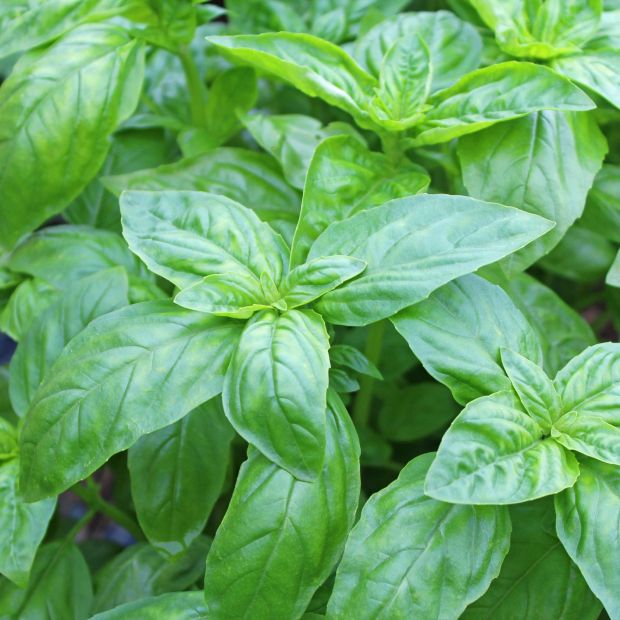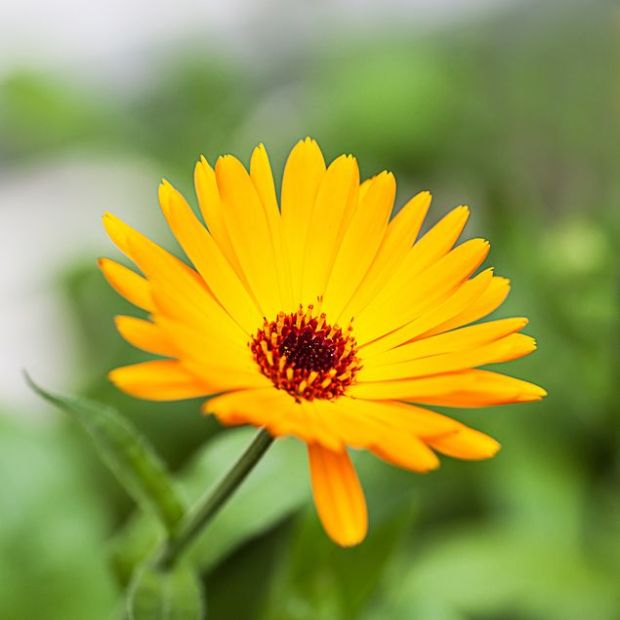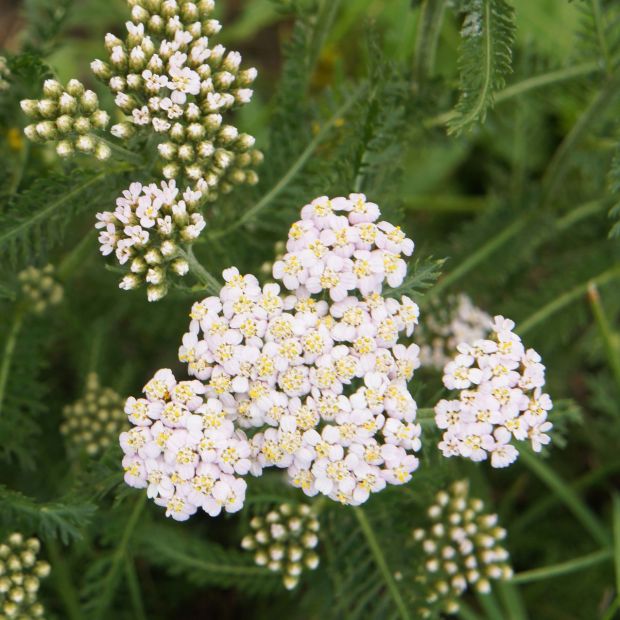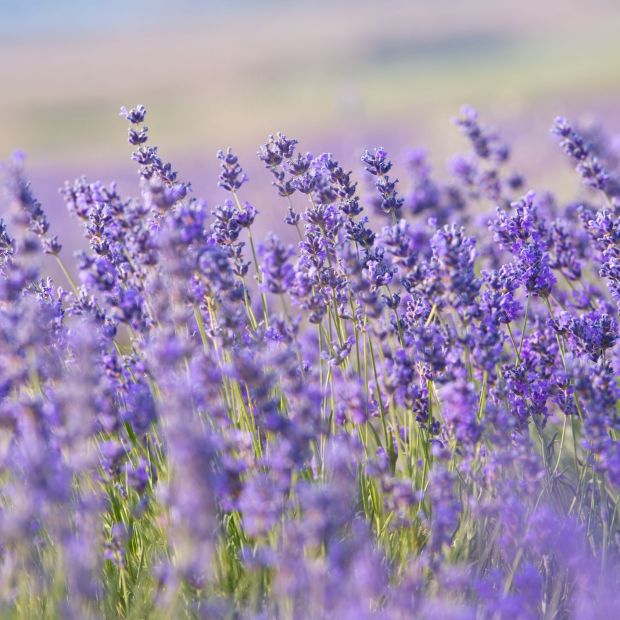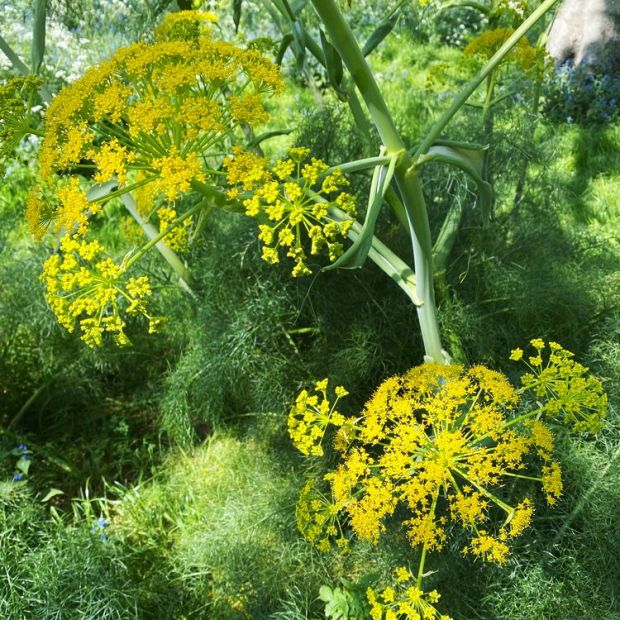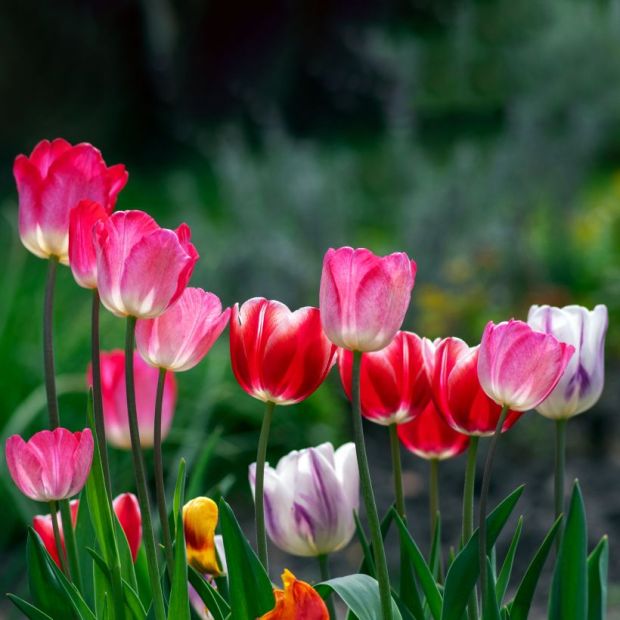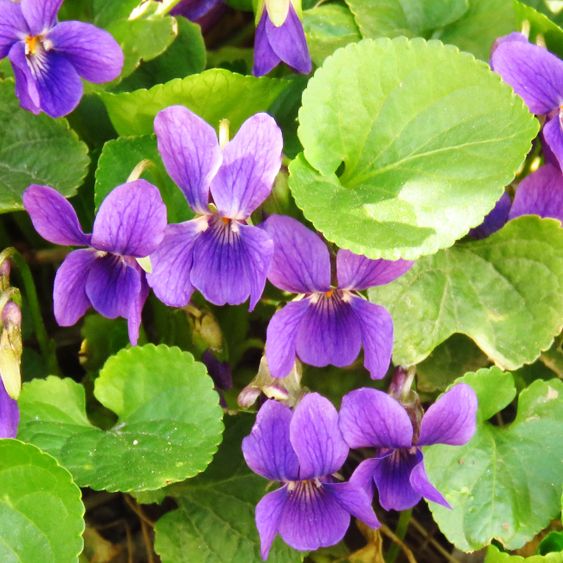13 Mistakes to Avoid With Indoor Plants
Taking care of indoor plants can feel intimidating, but it doesn’t have to be. Here are thirteen mistakes to avoid with potted plants to ensure they stay healthy and vibrant all year long.
Bringing home new indoor plants is always cause for celebration. However, your happiness might turn to despair if your plant withers and dies soon after bringing it home.
Keeping indoor plants alive is a challenge for many growers. However, this doesn’t mean that your green thumb is lacking. There are many common mistakes that new plant parents make that end up killing their plants. Luckily, just a few simple changes to your care routine can help keep your potted plants alive. Here are thirteen common mistakes to avoid with indoor plants.

1. Overwatering
One of the quickest ways to kill an indoor plant is to overwater it. Many species, including cacti and succulents, prefer arid conditions and can go a month or longer without a drink. Others likely need less water than you think.
It’s best to research the water needs for every species you grow so you can provide personalized care. As a general rule, the thicker a plant’s leaves, the less water it needs because the plant stores up its own supply.

Also, keep in mind that plants need less water indoors than they would in the wild because they aren’t exposed to heat and wind, which increase evaporation.
2. Ignoring Lighting Requirements
While it’s easy to assume that more light is always better for indoor plants, bright, direct sunlight can fry many species. Some species, like cacti, thrive under direct sunlight, while others require fully shaded areas. Make sure to research your plants’ lighting requirements to find the perfect spot for them in your home.
For example, consider placing more sensitive plants near north-facing windows for less direct light exposure or softening south-facing windows with a semi-sheer curtain. Plants that love direct sunlight will thrive by south-facing windows.
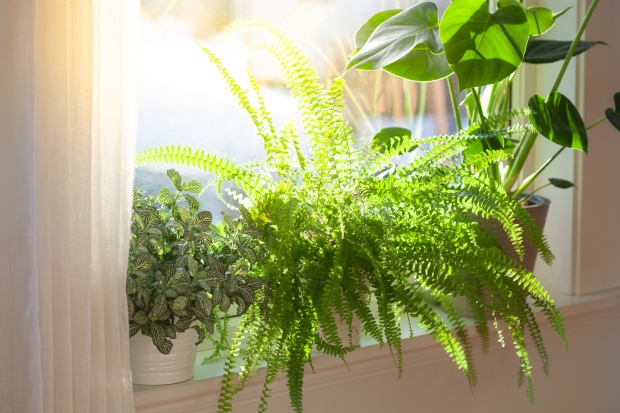
3. Using the Wrong Soil
For indoor plants, not all soil is the same. Houseplants come from all over the world and therefore require soil that is found in their natural habitat. Some plants will be quite picky about soil type, so make sure to research your plants’ requirements before placing them in the wrong soil.
The best growing medium is typically potting soil because it has a better drainage capacity, which means that the plant roots aren’t sitting in water all day long. Likewise, make sure you choose pots with sufficient drainage holes to allow excess water to seep through.
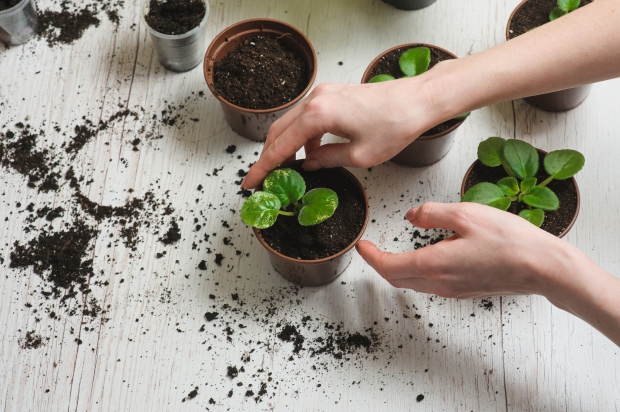
4. Allowing Salt Buildup
Poor watering practices for potted plants can cause salt to build up on the soil’s surface. It usually shows up as a crust along the edges of the pot and can lead to plant problems like slower growth and browning leaf tips.
Avoid salt buildup by watering to the point that water seeps from the drainage holes, applying minimal fertilizer, and regularly switching out the potting soil.

5. Leaving Plants Dusty
In nature, plant leaves stay dust-free due to rain and regular breezes. But in your home, they need some extra help to keep clean. Not only does a layer of dust on houseplants make them less attractive, but it can block the leave’s ability to photosynthesize and slow down growth.
Avoid these issues by giving leaves a light mist with a spray bottle each week. If things look extra dusty, you can use a cotton swab for further cleaning.
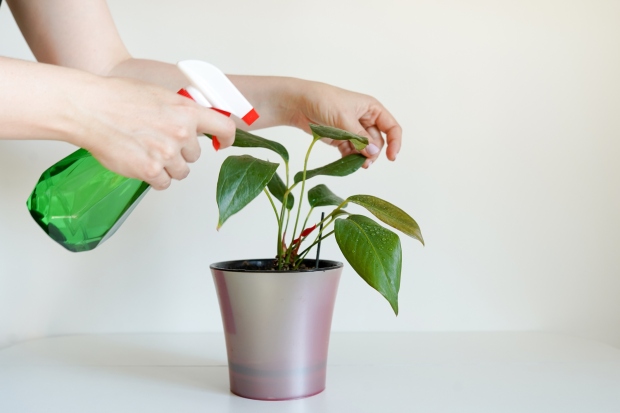
6. Using Too Much Fertilizer
One common mistake for beginning gardeners is assuming indoor plants require lots of fertilizer. In reality, they only need a boost of nutrients if you’re using bad potting soil or the plant is struggling to grow.
If you do decide to apply fertilizer, read the manufacturer’s instructions carefully so that you don’t overapply it.
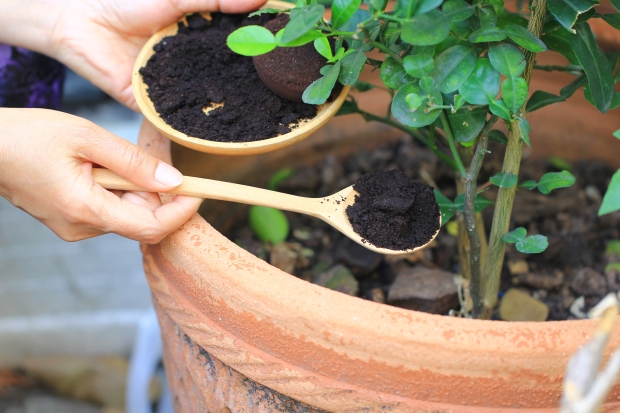
7. Not Understanding the Plant's Natural Habitat
Popular potted plants come from all over the globe and live in a wide range of natural environments. This means the ideal growing conditions for one species could vary significantly for the next.
For example, desert cacti and succulents need special potting soil that encourages drainage, while many plants in the Amazon do better with indirect light and high humidity.
Take the time to learn where a plant thrives naturally so you can replicate those conditions in your own home.

8. Placing Plants Near Chilly Drafts
Cold breezes from doorways and poorly insulated windows can kill sensitive indoor plants before you realize there’s a problem. Pay attention to the potential for any drafts when you place each plant, especially during the colder seasons.
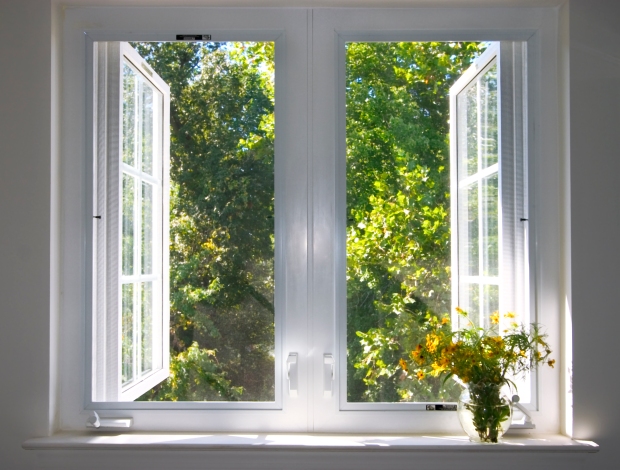
9. Overcrowding Pots
Tempting as it may be to replicate the look for a blooming bouquet with your indoor plants, overcrowding species in one pot will compromise the health of all of them. Each individual plant needs space for its roots to spread out, and you want to ensure the leaves have plenty of air circulation to prevent mold and disease.
Research each variety’s spacing requirements to ensure you give them enough growing room to thrive.

10. Allowing Pests to Infest the Plants
Despite what you might think, indoor plants often deal with insect problems. Leave your plant in a forgotten corner, and you may soon find it covered in aphids, spider mites, or other tiny pests that cause long-term damage.
At the sight of these insects, spray down the plant leaves with warm water and mild insecticidal soap to deter them from staying.

11. Keeping Plants in the Same Pot For Too Long
One of the most common mistakes to avoid with indoor plants is keeping them in cute pots long after they’ve outgrown them. Confining a growing plant to a too-small space will restrict the roots and prevent it from taking in enough nutrients, leading to health problems in the long run.
You’ll need to upgrade to larger pots regularly so the roots have room to expand and the soil around them can hold more water.

12. Moving Them Too Much
In nature, plants spend their whole lives in one location. Many species aren’t designed to withstand getting jostled in pots too often, and the environmental changes from one part of your house to another can disrupt their balance and slow down growth. Keep potted plants in one spot as much as possible to ensure they experience stable conditions.
13. Giving Plants Too Much Care
Finally, many beginning plant owners err by over-nurturing their plants. Too much pampering can cause problems, as it makes you likely to overwater and add too much fertilizer. Many species thrive with minimal attention, so set up a schedule and only tend to your plant when you see something wrong.

Potted plants are an easy way to enhance your home’s décor, and keeping them alive is a rewarding hobby. Avoid these thirteen growing mistakes, and your indoor plants should give you joy for seasons to come.




